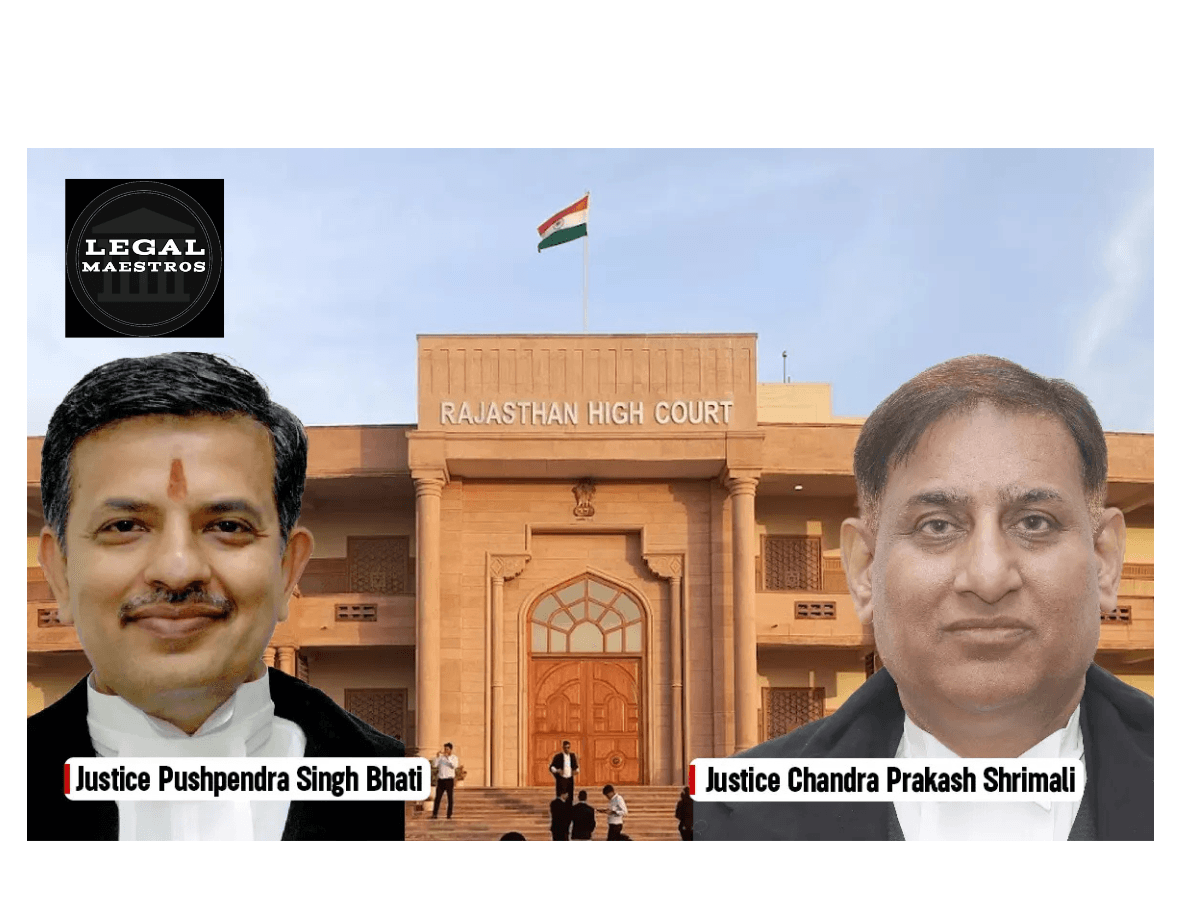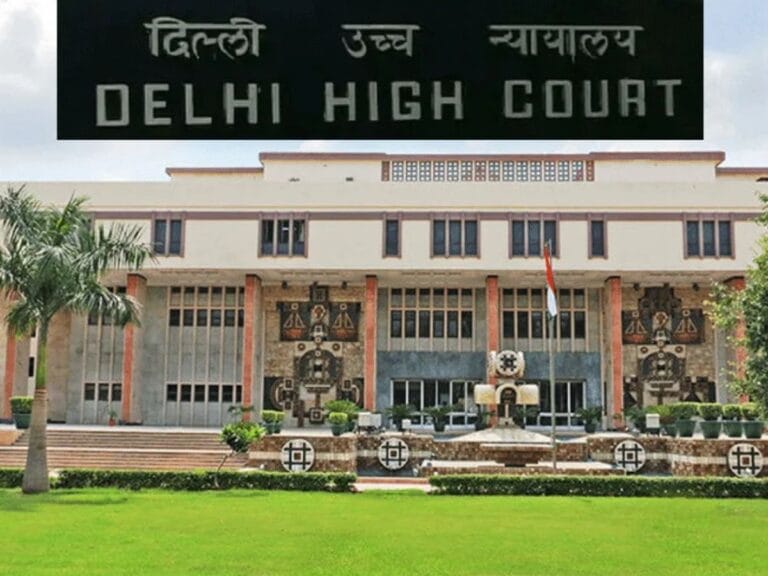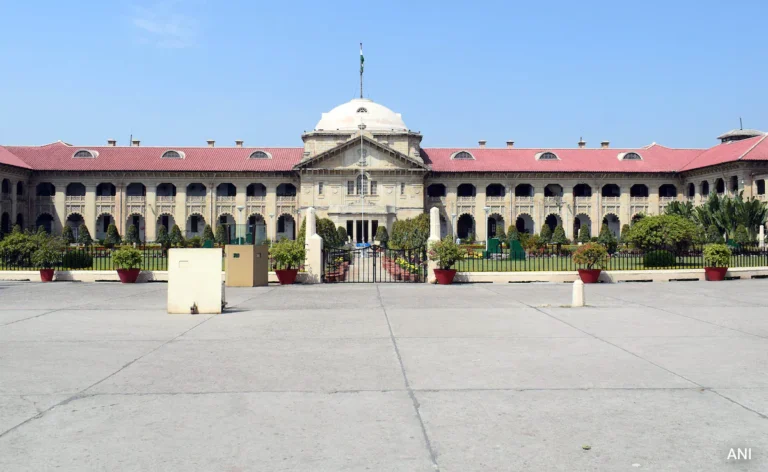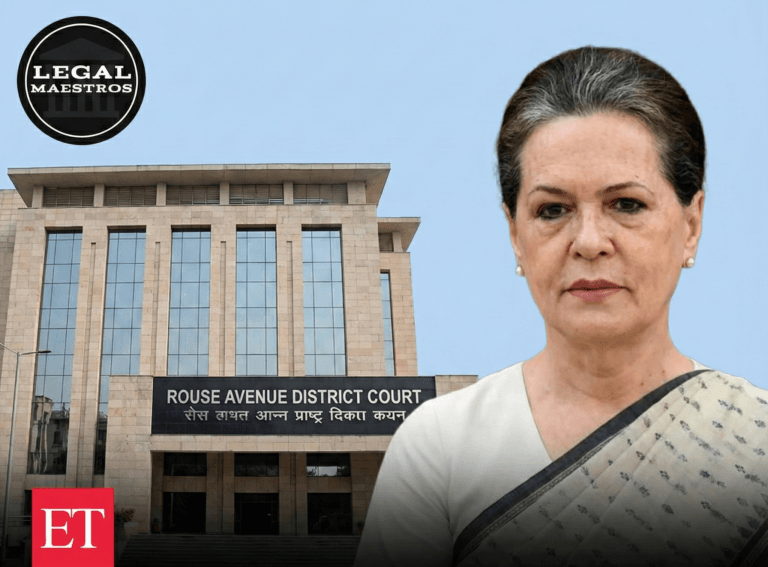
Justice Bhatti and Shrimali Declare ‘Pay Minus Pension’ Recovery Unlawful Due to AIIMS Jodhpur Negligence
The scenario is actually as follows, according to the facts:
A recruitment campaign was carried out by the All India Institute of Medical Sciences, Jodhpur (AIIMS Jodhpur) in the year 2018, with the objective of filling professorial seats that were vacant at the time. The selection and appointment of a number of senior physicians who were already collecting pensions from their former employment with the government was accomplished through direct recruiting.
These physicians were selected after being selected and appointed. These medical professionals had previously held positions inside the government. It was assured in the letters of employment that they received that they would get salary and allowances that were comparable to those that workers in positions that are administered by the central government receive.
Following a period of five years, the All India Institute of Medical Sciences (AIIMS) Jodhpur released a circular in which it requested information on pensions through the use of a questionnaire. For the goal of assessing their compensation, the circular, which was based on directives from the Ministry of Health and Family Welfare, attempted to utilize the formula “Pay minus Pension.”
For any queries or to publish an article or post or advertisement on our platform, do call at +91 6377460764 or email us at contact@legalmaestros.com.
This formula was intended to be used. As a result of the physicians’ challenge to this verdict in front of the Central Administrative Tribunal, the tribunal determined that they were “re-employed persons” in accordance with the AIIMS Regulations and the Central Civil Services (Fixation of Pay of Re-employed Pensioners) Orders, 1986.
These physicians raised objections to the decision that was made. On the other hand, the panel came to the conclusion that the deduction could not be applied retrospectively since doing so would be in breach of the principles of natural justice. A petition for appeal was filed with the Rajasthan High Court by both the AIIMS Jodhpur and the practicing physicians. Both parties submitted their appeals to the court.
The legal framework that encompasses the re-employment procedure is the subject of this discussion.
There were three of the most important legal tools that were responsible for deciding the outcome of the case. To be more explicit, Section 11(5) and Section 29(1) of the AIIMS Act of 1956 grant the AIIMS the authority to formulate regulations that govern the conditions under which services are provided.
With the inception of the AIIMS Act, this jurisdiction was handed to the organization. This group was responsible for the drafting of the AIIMS Regulations, 1999, and Regulation 33 addressed the issue of pay fixation for those who had been re-employed. These records were compiled by this authority, which was responsible for their compilation.
For retirees who were re-employed in government service, the Central Civil Services (Fixation of compensation of Re-employed Pensioners) Orders, 1986 established comprehensive rules for the computation of compensation. These orders were issued in 1986.
The year 1986 saw the issuance of several orders. These suggestions include the methodology that is generally known as the “Pay minus Pension” calculation. This methodology was integrated into the recommendations. Thirdly, the Central Civil Services (Revised Pay) Rules, 2016 are relevant to pay fixation in a broad sense; however, they do not apply to re-employed pensioners (re-employed pensioners are not covered by these rules).
The Orders and Memoranda that were issued by the Department of Personnel and Training Office in 1986 are directly relied upon by these guidelines. The Memorandum that was issued in 2017 is particularly noteworthy because it reaffirmed the “Pay minus Pension” principle for retired government officials who were taken on contract or re-employment. When all of these instruments are taken into consideration, they are the ones who are accountable for calculating the amount of pay that is offered to retired professionals who return to the public sector.
One of the most difficult challenges for employees is determining what re-employment entails.
It is not feasible to find a definition of “re-employment” in either the AIIMS Act or the AIIMS Regulations, nor is it possible to find such a phrase in the 1986 Orders. Neither of these documents provide a definition of the term.
During the course of the conversation that took place, the question of whether or not the direct recruiting of physicians who were collecting pensions constituted re-employment was at the forefront of the conversation.
After using a purposive approach, the Tribunal arrived at the judgment that Regulation 33 unequivocally classifies as re-employed any anyone who returns to AIIMS after resigning from any government or statutory body.
This result was reached after the Tribunal conducted an investigation. Through the course of the inquiry that was conducted by the Tribunal, this decision was arrived at. According to the precedent that was set by the Supreme Court, the Rajasthan High Court agreed with the judgment of the Supreme Court, which stated that in the absence of a legislative definition, the meaning of the word is decided by the regulatory environment and the common language within the community.
This was done in accordance with the precedent that was established by the Supreme Court. It was determined by the Court that any former government worker who was hired again to work at AIIMS is considered to be a “re-employed person.” This understanding was reached after the Court reached its verdict. It makes no difference whether the method of recruiting was referred to as direct or contractual; this is always the case.
Regarding the implementation of the principle, the application of the “Pay Minus Pension” principle involves the following:
The procedures for determining salary were brought under the purview of the Orders of 1986 as soon as it was shown that the physicians had been re-employed. These instructions indicate that re-employed pensioners are required to receive remuneration in accordance with the scale that has been determined for their job, with a deduction being made from their pension.
This action is taken with the purpose of stopping senior folks from receiving benefits that are already being already received. The formula is valid worldwide, with the exception of some scenarios in which explicit limits are mentioned (for example, resignation without pension).
When it comes to particular conditions, the formula is applicable everywhere. The circular that was distributed by AIIMS Jodhpur utilized the 2023 letters that were sent out by the Ministry of Health as its source of inspiration. Through these letters, AIIMS institutes were reminded to make certain that they were keeping to the requirements that were associated with this notion.
The physicians argued that the absence of any pay-minus-pension condition in their advertising or appointment letters prevented retrospective application, and that applying it after five years was a violation of natural justice. However, the physicians were unable to provide any evidence to support their claims.
The doctrine of natural justice was seen to be violated by the practice of retrospective application. In response, the American Institute of Medical Sciences (AIIMS) argued that the use of contractual silence cannot be used to circumvent the requirement to comply with legislative regulations.
This is the assessment that the court has made about the significant issues that have been brought up.
Two distinct matters were investigated by the High Court over the course of its investigation. In the first place, with regard to the nature of the work, it was acknowledged that the doctors were re-employed individuals in accordance with Regulation 33 of the AIIMS Regulations, as well as in accordance with the 1986 Orders and previous court judgments that interpreted re-employment in situations that were comparable.
This was done in agreement with the AIIMS Regulations. It was done in a manner that was consistent with the facts. Additionally, it was decided that the “Pay minus Pension” rule immediately applies in the case that the legislative statutes recognize the physicians as being re-employed.
This was another decision that was made. Regardless of whether or not there are specific contractual provisions in place, this is the correct interpretation of the situation. The second point of contention about pay fixing was this particular facet of the situation. It was emphasized by the Court that legislative and regulatory obligations cannot be removed from appointment letters through the use of omission.
This was the case without exception. It does not matter what the circumstances are; this is always the case. However, it was acknowledged that the physicians had reasonable expectations. It was also pointed out that the failure of AIIMS Jodhpur to inform them earlier was an administrative error rather than their fault. As a result, it was determined that awarding retrospective recovery would result in an excessive amount of unnecessary suffering.
The Decision That We Made and the Consequences That It Will Have Are Listed Below
In response to the petition that the physicians had filed challenging their status as re-employed persons, the Rajasthan High Court rejected the appeal completely. Furthermore, the court upheld the decision that the Tribunal had arrived at in connection to this particular instance.
The plea that AIIMS Jodhpur submitted about retrospective deductions, on the other hand, was granted partial permission by the administration. The court issued an order that the “Pay minus Pension” formula would be utilized prospectively beginning on the date of the ruling, which was the 15th of May in 2025; however, there would be no recovery for any amounts that were paid before to that day.
This was the direction that was given by the court. On the 15th of April in the year 2025, the decision was made. A compromise is struck between the enforcement of statutory pay fixation constraints and the safeguarding of employee rights through the utilization of this strategy. At the same time, the expectations of employees and the principles of natural justice are preserved.
The verdict emphasizes, from a practical standpoint, that public institutions are required to comply with service requirements from the very beginning and reveal pay fixation processes in an acceptable manner. Those who work for public institutions are required to comply with this obligation.
In addition, it emphasizes that workers who are recruited after retirement should anticipate the application of appropriate pension offset restrictions, unless they are expressly exempted by statute. This is the case unless the statute specifically exempts them. As long as the legislature does not expressly declare an exemption for them, this will continue to be the case.







